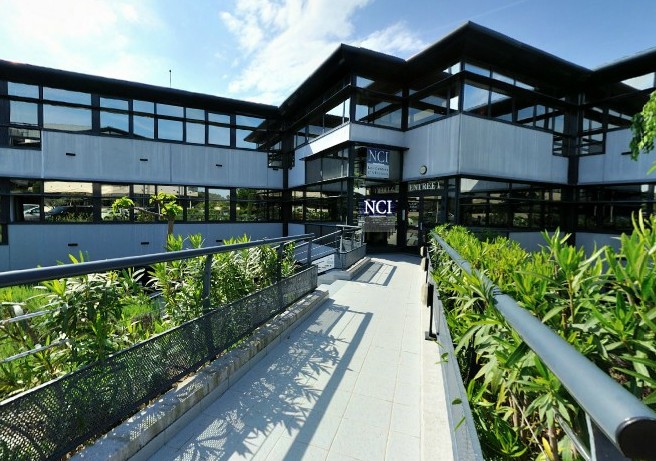SIP Design
We make complex RF systems easy to integrate in any existing or future portable application. We contribute to reduce our customer’s product development cycle and accelerate their product release-to-market.
The rf design methodologies we have developed help solve the issue of portability (RF SiP Design Portability.pdf) while allowing for greater integration. This novel design methodology is aimed at allowing easy transfer of integrated passive circuit design from one supplier to another and even from one technology to another (e.g. LTCC to IPD).
The turn-key design services for highly integrated solutions we propose is based on a unique design methodology that ensures close to first pass design success (Design Process Presentation.pdf). We deliver timely high performance and cost-effective solutions.
Your RF design expert partner of choice
This unique methodology combined with our expertise in:
- various substrate technologies and assembly techniques,
- wireless communication systems (GSM/W-CDMA, GPS, RFID, WLAN, Bluetooth, UWB, WHDI),
- RF, antenna design and integration makes us your RF design partner of choice.
Design Service cycle
We work closely with our customers through all stages of the design process from feasibility study to volume production.
Insight SiP key capabilities in an end-to-end design service for SiP are described below:
- Feasibility study
- Detailed design process
- System integration
1. Feasibility Studies
In order to optimize an RF SiP for a particular application in terms of size, cost and performance it is crucial to consider and compare all the technology choices that are available.
Insight SiP has design experience and manufacturing partnerships for each of the 3 major integration technologies:
- Multi-layer laminate substrates using FR4, BT, Getek material sets in mechanical and laser drilled HDI options.
- Multi-layer Low Temperature Co-fired Ceramic (LTCC) substrates.
- Thin film on silicon or glass for Integrated Passive Devices.
At this stage it is also important to consider the optimal semiconductor technologies for each part of the SiP and to correctly partition the system between the substrate, semiconductor die and the passive SMT devices. Co-working with semiconductor suppliers and end customers is a key to success. 2. Detailed Design Process
- Design of Buried Functions within the substrate
- Insight SiP has developed a flexible design methodology to obtain first pass design success for buried functions (filters, baluns, matching and interconnections). This methodology, using standard EDA packages, has a proven track record.
- Insight SiP has a significant database of IP designs for buried functions that speeds the design process.
3. System Integration
The final stage of the design process is to integrate the individual functional blocks within the complete SiP design. This process involves dense multi-layer routing with severe mechanical and electrical and thermal constraints. Extensive EM simulations are carried out during this phase of the design process to take into account and compensate for coupling mechanisms.
Following the design phase, prototyping is launched. The prototype phase uses production manufacturing partners in order to optimize the subsequent production ramp up phase. Once prototypes are ready, the debug and characterization phase starts. This phase is kept under control thanks to extensive simulations during the design phase.
Download |
|||
|
|
Design Process |
||
|
|
Design Examples |
||
|
|
White Paper on Portability |
||





